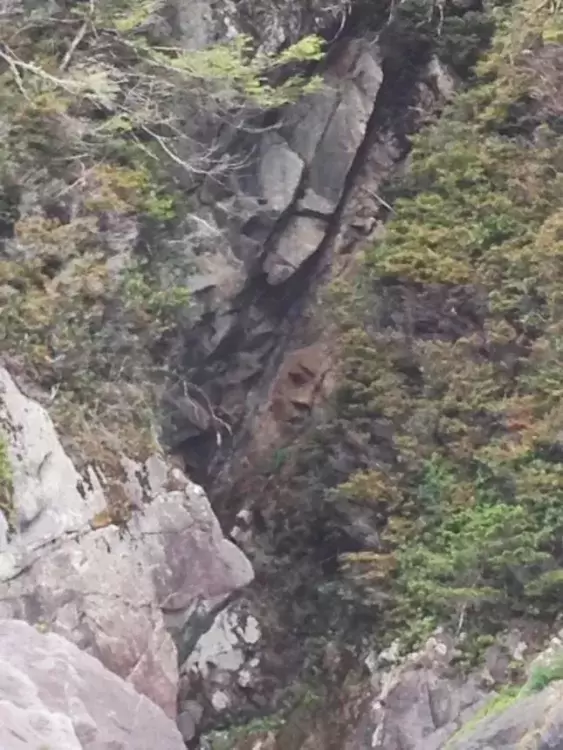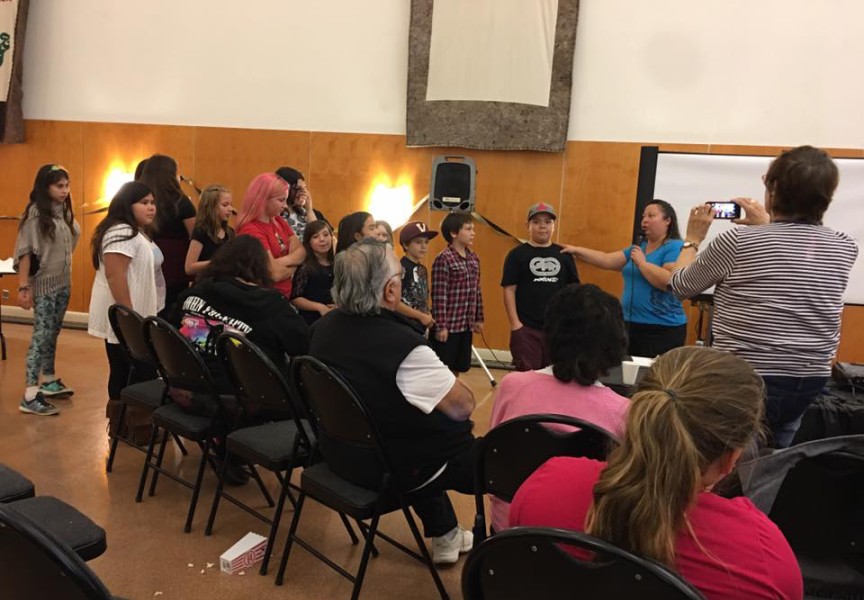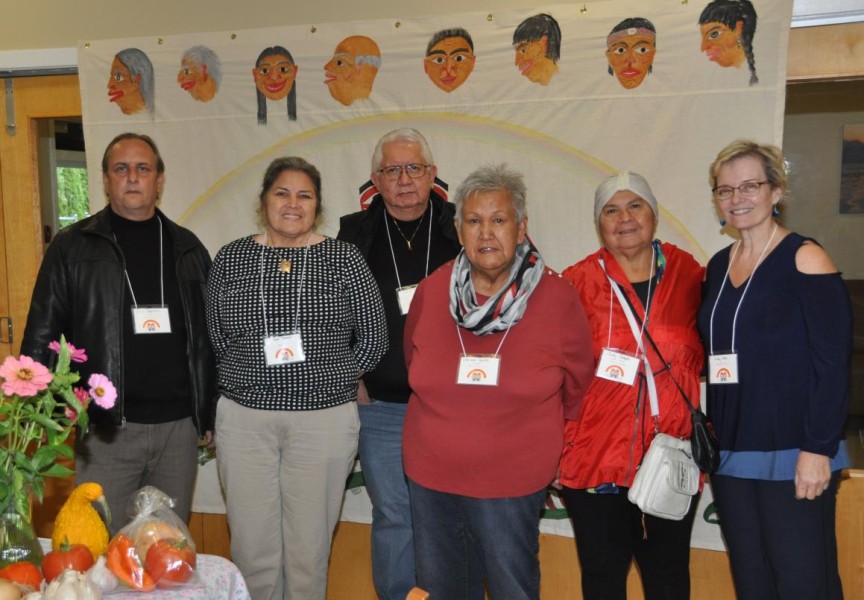Is it an ancient carving or a message from the spirits of Tseshaht ancestors? These are questions being asked after Tseshaht Beachkeeper Hank Gus posted fascinating images of a face etched in the rocks of Reeks Island.
Gus said he and his coworkers had been searching for the Face in the Rock for two years and on June 3 they finally located the elusive feature and took video and photos.
The face appears to be a rock carving tucked in a cleft on the small, rugged island cliffs. There are reefs along the steep shoreline making the approach to the Face in the Rock dangerous.
The formation first came to the Tseshaht Beachkeeper’s attention in 2008 when kayakers exploring the Broken Group Islands stumbled upon it.
Karen Haugen, Parks Canada First Nations Program Manager, sent an email to Tseshaht First Nation quoting a kayaker named Sandy Floe, who was visiting from Washington State.
“I went in closer to shore........through kelp to explore a small gap in the rocky shore on the southeast side of Reeks Island. Suddenly I saw what you see in the picture. A face! I almost fell out of the kayak!” said Floe in an email to Parks Canada.
But the area in which the ‘face’ is located is treacherous. Floe writes that she navigated her kayak through a ‘chute’ between the reefs and the island to get a closer look at the face, but it was too dangerous to get out of the kayak to climb the cliff.
Hank Gus estimates the face to be about seven feet tall.
In spring 2008, archaeologist Denis St. Claire was sent to the ‘face’ to examine it further and, hopefully, make a determination as to whether the feature is natural or manmade. But the rugged shoreline prevented any close examination and St. Claire was unable to say how the face in the rock came to be.
In an email to Ha-Shilth-Sa, St. Claire wrote “It is difficult to access and it would be necessary for very calm water for someone to jump from a boat and climb to get close. This would need to be done to determine whether it is a natural formation or man-made… it certainly looks purposefully made, but nature can play tricks on us and that is why a very close-up viewing is necessary to see if there were tell-tale signs of rock modification.”
He said if a close examination indicates that it is not man-made, “since from a boat it does appear to be so, over the centuries many Tseshaht may have treated it as something very special and so it would have been, regardless of its origins. In my years of working with many elders during the 1970's and 1980's none of them ever referred to a rock face carving.”
For now, it is a mystery.
For Darrell Ross, Tseshaht Planning and Research Associate, there are some similarities between the Reeks Island face and a carving made by Tseshaht artist Gordon Dick, who describes the meaning of the carving he did on the doors of the Tseshaht Administration office like this: “Carrying the words of our Ancestors, yu?i sends the voice of encouragement and love urging us to preserve our culture, which anchors our language, songs, and our identity.”
Ross went on to say that Dick’s carving and the face in the rock looks very similar. The Reeks Island face appears to be blowing air from its mouth, like a representation of the blowing wind.







